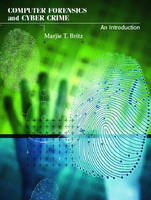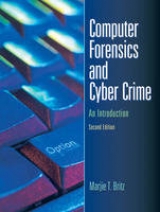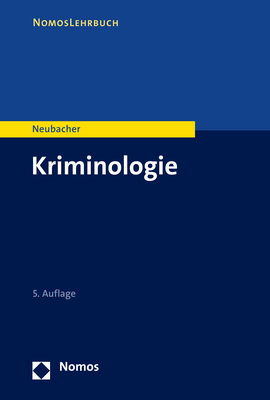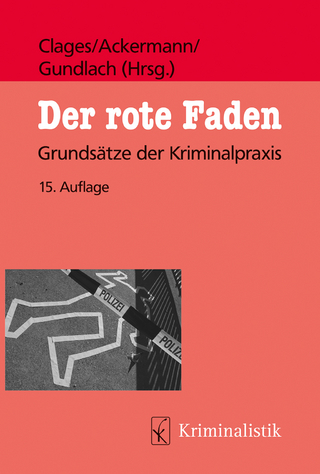
Computer Forensics and Cyber Crime
Pearson (Verlag)
978-0-13-090758-5 (ISBN)
- Titel erscheint in neuer Auflage
- Artikel merken
For undergraduate introductory courses in Computers in Criminal Justice, Forensic Science, Criminal Investigation, White Collar Crime, and Computer Crime.
This one-of-a-kind text introduces students to computer crime and the techniques used to investigate computer crimes. “Computer Forensics and Cyber Crime” defines cyber crime, introduces students to computer terminology and the history of computer crime, and includes discussions of important legal and social issues relating to computer crime. The text also covers computer forensic science, providing students with cutting-edge techniques used to investigate computer crime scenes as well as computer hardware and software to solve computer crimes.
1. Introduction.
Cyberspace and Criminal Behavior. Clarification of Terms. Traditional Problems Associated with Computer Crime. Extent of the Problem. Conclusions.
2. Computer Terminology and History.
Computer Language. Network Language. A Brief History of Computers. Realms of the Cyberworld. A Brief History of the Internet. Categorizing Internet Communication. Future Issues and Conclusions.
3. History of Crime and Computer Crime.
Introduction. Traditional Problems. Recognizing and Defining Computer Crime. Three Incidents. Contemporary Crimes. Categorizing Computer Crime. Conclusions.
4. Computers As Targets.
Computers As Targets. Contaminants and Destruction of Data. Conclusions.
5. Avenues for Prosecution and Government Efforts.
Introduction. Traditional Statutes. Evolution of Computer-Specific Statutes. Evolving Child Pornography Statutes. Government Incentives. Law Enforcement Initiatives. International Efforts. Conclusions.
6. Applying the First Amendment to Computer-Related Crime.
Introduction and General Principles. Obscenity in General. Traditional Notions of Obscenity. Emerging Statutes and the Availability of Obscene Material to Children. Defining Child Pornography. Applying Case Law to Child Pornography Statutes. Technology-Specific Legislation. Conclusions.
7. The Fourth Amendment.
History of the Fourth Amendment. The Expectation of Privacy and Electronic Surveillence. Private vs. Public Searches. Application of Ortega to E-Mail. ECPA and PPA. Conclusions.
8. Computer Forensic Terminology and Computer Investigations.
Forensic Computer Science-An Emerging Discipline. Traditional Problems in Computer Investigations. Computer Forensic Science and Disk Structure. Conclusions.
9. Developing Computer Forensic Science Capabilities.
Introduction. Traditional Problems Associated with Finding Digital Evidence. Minimum Housing Requirements. Minimum Hardware Requirements. Minimum Software Requirements. Miscellaneous Documentation and Literature. Conclusions.
10. Computer Investigations: Pre-Search Activities.
Warrant Preparation and Application. Plan Preparation and Personnel Gathering. Preparing a Toolkit. Conclusions.
11. On-Scene Activities.
Approaching and Securing the Crime Scene. Determining the Need for Additional Assistance. Scene Processing.
12. Data Analysis.
Document. Establish Forensically-Sterile Conditions. Ensure Legitimacy and Validity of Analysis Tools. Physical Examination. Creation and Verification of Image. Passwords. Logical Examination. Restoration of Files. Listing of Files. Examination of Unallocated Space. Unlocking Files. Examination of User Data Files. Piping of Evidence. Examination of Executable Programs. Returning Equipment. A Word about DOS.
13. Conclusions and Future Issues.
Traditional Problems and Recommendations. Future Trends and Emerging Concerns. Conclusions.
Bibliography.
| Erscheint lt. Verlag | 18.9.2003 |
|---|---|
| Sprache | englisch |
| Gewicht | 390 g |
| Themenwelt | Recht / Steuern ► Strafrecht ► Kriminologie |
| ISBN-10 | 0-13-090758-8 / 0130907588 |
| ISBN-13 | 978-0-13-090758-5 / 9780130907585 |
| Zustand | Neuware |
| Haben Sie eine Frage zum Produkt? |
aus dem Bereich



